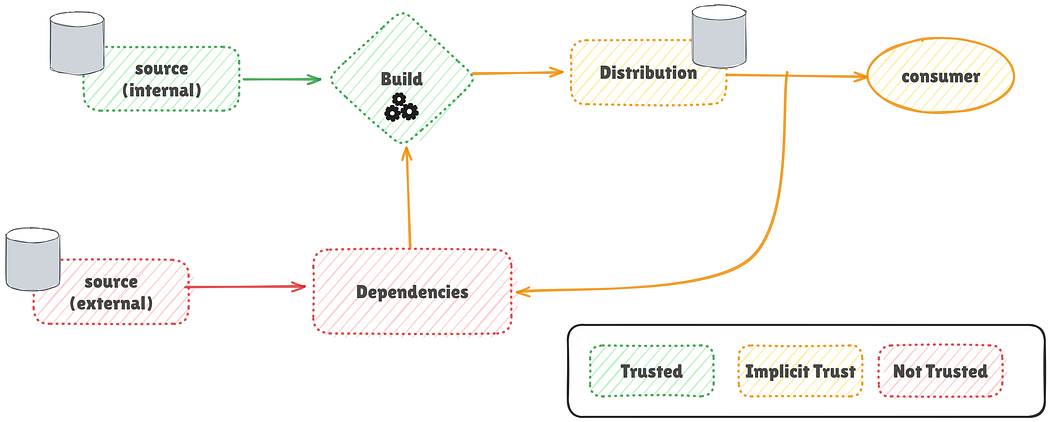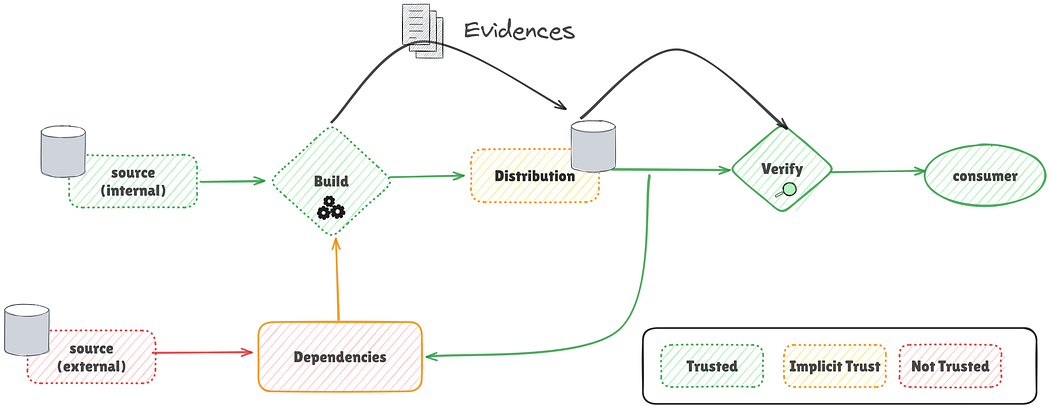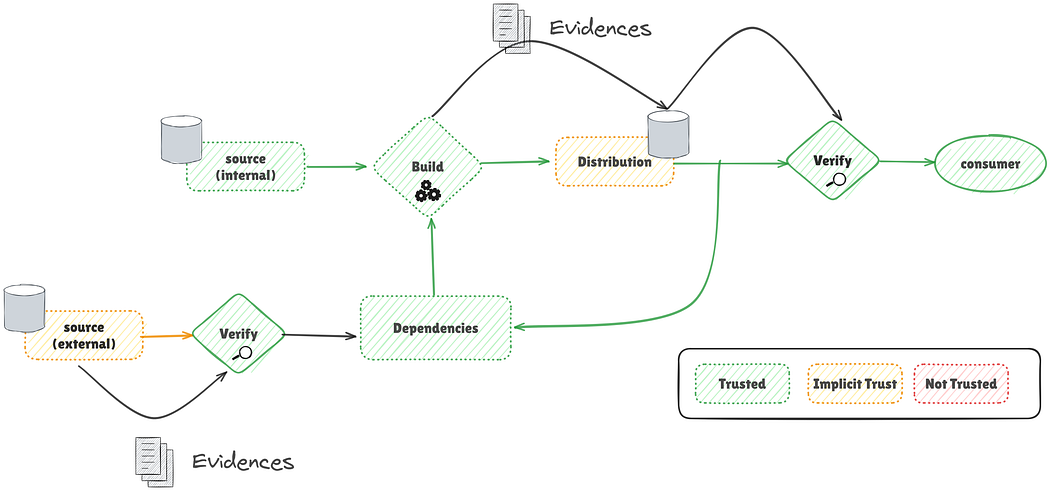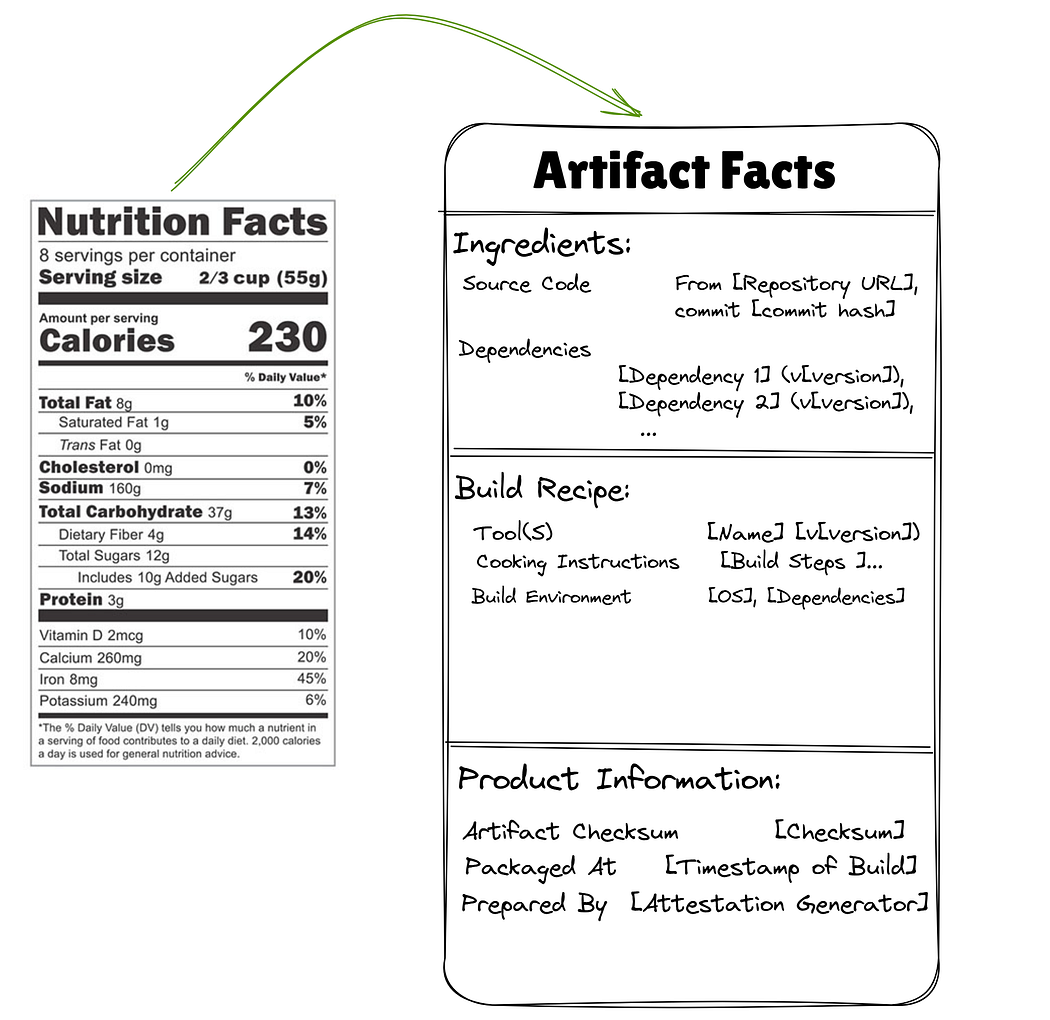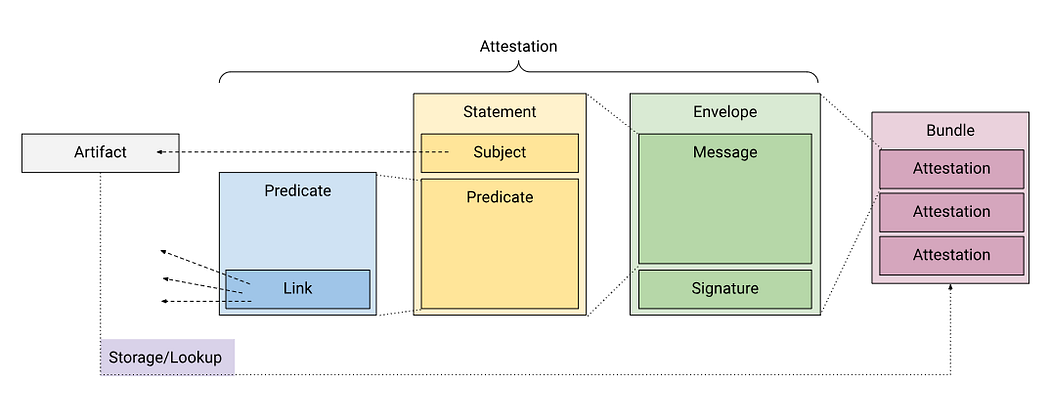Static Threshold vs. Dynamic Threshold Alerting
Original Article: Static Threshold vs. Dynamic Threshold Alerting
Summary
This article compares static thresholds and dynamic thresholds in alerting systems. I explain when and how to use each type effectively to maintain system reliability and avoid alert fatigue. Understanding the strengths and weaknesses of both approaches is essential. You’ll also find strategies to improve your alerting systems and how to balance sensitivity to avoid alert fatigue while ensuring critical issues are not missed.
Static thresholds involve setting fixed limits for metrics, triggering alerts when these limits are breached. They are simple to configure and effective for monitoring resources like CPU and disk usage. However, they may not be suitable for capturing the nuances of system health, often leading to false positives.
Dynamic thresholds, on the other hand, use algorithms to analyze data patterns and historical values, automatically adjusting thresholds based on system behavior. This approach is more accurate and scalable, reducing false positives and enabling better anomaly detection. Dynamic thresholds are particularly useful in complex systems where a single static limit cannot capture the full context of the system’s state.
Key Concepts
- Static Threshold: A fixed limit for a metric that triggers an alert when breached.
- Dynamic Threshold: An algorithm-driven approach that adjusts thresholds based on data patterns and historical values.
- Alert Fatigue: A state of exhaustion caused by an oversensitive alerting system, leading to response team burnout.
- Service-Level Objective (SLO): A method of improving static thresholds by reframing a metric as a percentage of an error budget and comparing it to user impact.
- Dynamic Multivariate Threshold: Coupling variables together to create a more precise alert and reduce false positives.






